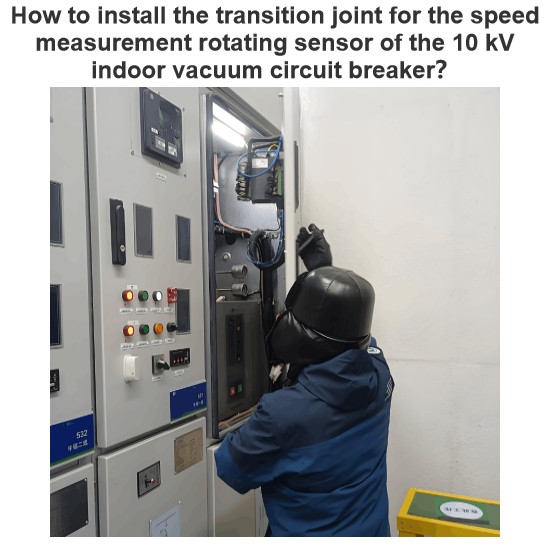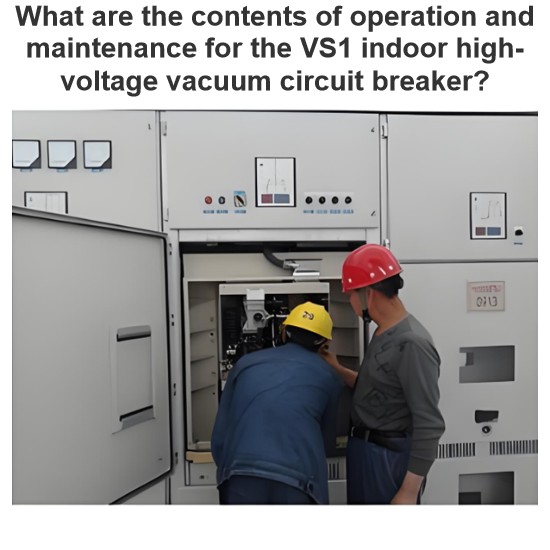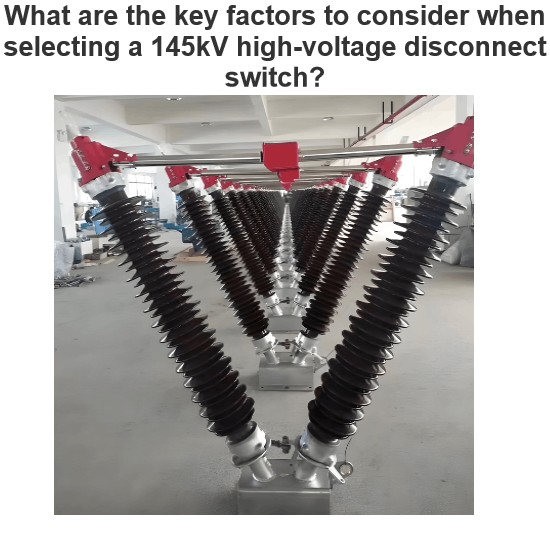Transformer losses can be mainly categorized into two types: no - load losses and load losses. These losses are ubiquitous across all types of transformers, irrespective of their application scenarios or power ratings.
However, there are two additional types of losses: extra losses induced by harmonics, and losses that are especially relevant for larger transformers – cooling or auxiliary losses, which result from the use of cooling equipment such as fans and pumps.
These losses occur in the transformer core whenever the transformer is energized (even when the secondary circuit is open - circuited). Also known as iron losses or core losses, they remain constant.
No - load losses consist of:
These losses are caused by the frictional motion of magnetic domains within the core laminations as they are magnetized and demagnetized by the alternating magnetic field. They depend on the type of material used for the core.
Hysteresis losses typically account for over half of the total no - load losses (approximately 50% to 70%). In the past, this proportion was smaller (owing to a higher contribution from eddy current losses, especially in relatively thick sheets that hadn't undergone laser treatment).
These losses are induced by varying magnetic fields that generate eddy currents in the core laminations, thereby producing heat.
These losses can be mitigated by constructing the core from thin, laminated sheets insulated from one another by a thin varnish layer to reduce eddy currents. Currently, eddy current losses generally make up 30% to 50% of the total no - load losses. When evaluating efforts to enhance the efficiency of distribution transformers, the most significant progress has been made in reducing these losses.
There are also minor stray and dielectric losses in the transformer core, typically accounting for no more than 1% of the total no - load losses.
These losses are commonly known as copper losses or short - circuit losses. Load losses fluctuate according to the transformer's loading conditions.
Load losses consist of:
Sometimes called copper loss, as it is the dominant resistive component of load loss. This loss occurs in the transformer windings and is due to the resistance of the conductor.
The magnitude of these losses increases in proportion to the square of the load current and is also proportional to the resistance of the winding. It can be reduced by increasing the cross - sectional area of the conductor or shortening the winding length. Using copper as the conductor helps balance weight, size, cost, and resistance; increasing the conductor diameter within the bounds of other design constraints can further reduce losses.
Eddy currents, resulting from the magnetic fields of alternating current, also occur in the windings. Reducing the conductor's cross - sectional area can decrease eddy currents, so stranded conductors are employed to achieve the required low resistance while controlling eddy current losses.
This can be avoided by using a continuously transposed conductor (CTC). In a CTC, the strands are frequently transposed to average out flux differences and equalize the voltage.













